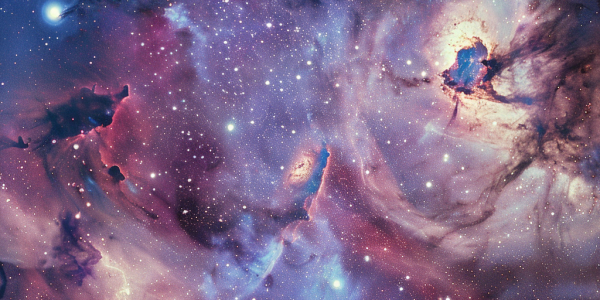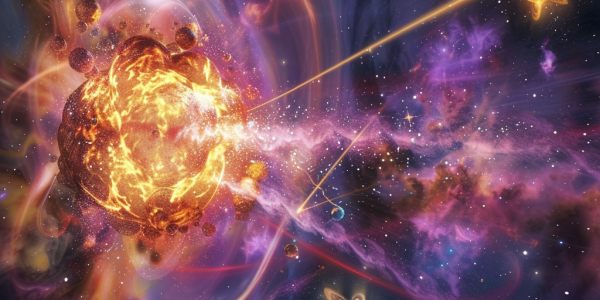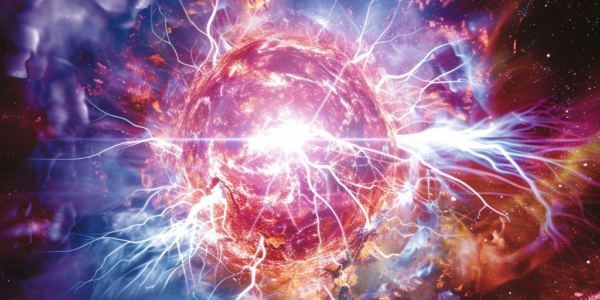Cosmology in Crisis: New Observations Challenge Standard Model of the Universe
Recent developments in cosmology are challenging the long-standing standard model of the universe, which posits that dark energy and dark matter constitute most of its composition. New observations reveal discrepancies that may prompt a reevaluation of our understanding of cosmic phenomena. As scientists delve into these findings, the potential for groundbreaking discoveries in physics and a deeper comprehension of the universe’s structure looms large.
New Discoveries of Antimatter on ISS Spark Excitement in Particle Physics
Recent findings aboard the International Space Station have revealed an unusual abundance of antimatter particles, specifically antihelium nuclei. This groundbreaking discovery by the Alpha Magnetic Spectrometer (AMS-02) raises profound questions about the universe’s composition and the elusive cosmic phenomena known as ‘cosmic fireballs.’ Researchers are investigating the mechanisms behind this antimatter anomaly, which could reshape our understanding of particle physics and the balance between matter and antimatter.
Neutron Star Mergers Shed Light on Dark Matter
Neutron star mergers provide new physics signals that could shed light on dark matter, according to a study by Washington University in St. Louis. The study, led by physicist Bhupal Dev, establishes constraints on axion-like particles using observations from the 2017 neutron star merger event, GW170817. These particles are prime candidates for constituting dark matter and could bridge the gap between the visible and dark sectors of the universe.
CERN designing supercollider to push boundaries of modern physics
CERN is designing a new supercollider called the Future Circular Collider (FCC) to push the boundaries of modern physics research and perhaps discover the true nature of our mostly invisible universe. The new collider, expected to be operational by 2045, will be 8 times more powerful than the LHC and could help solve mysteries about the nature of our universe, such as the true nature of dark matter and the first instant after the Big Bang.




